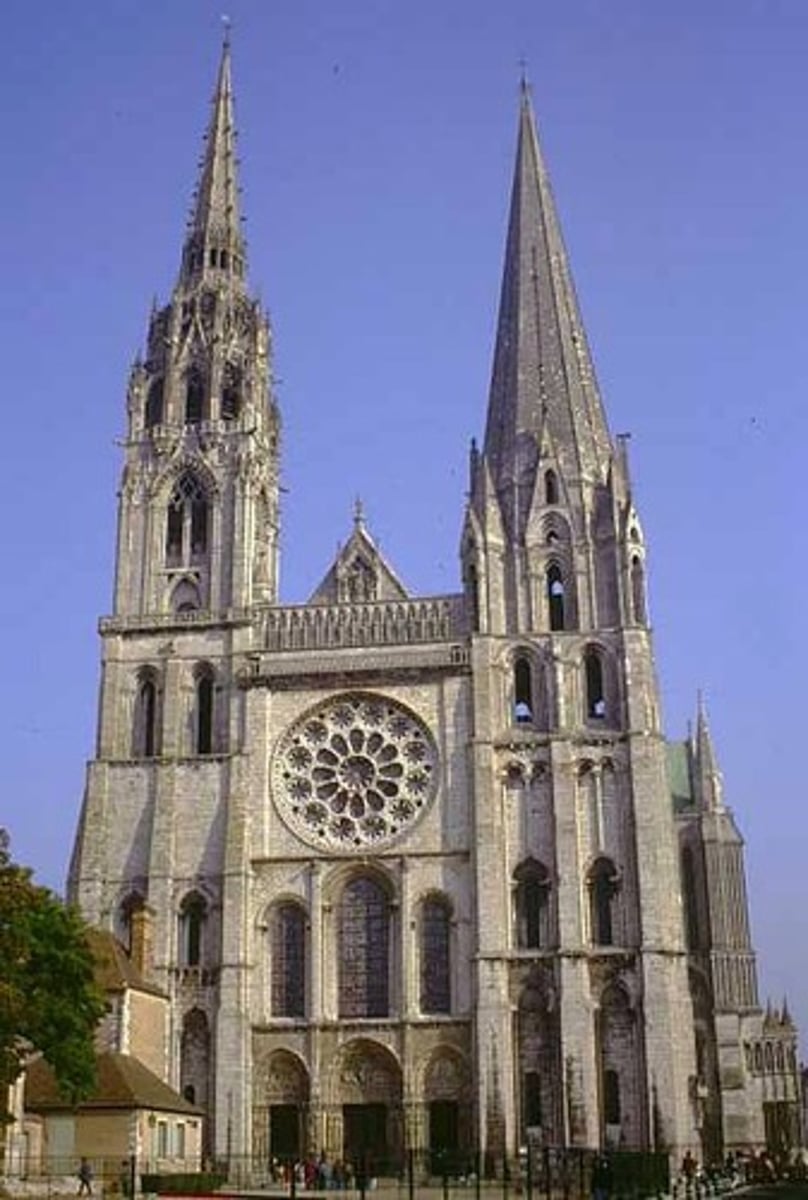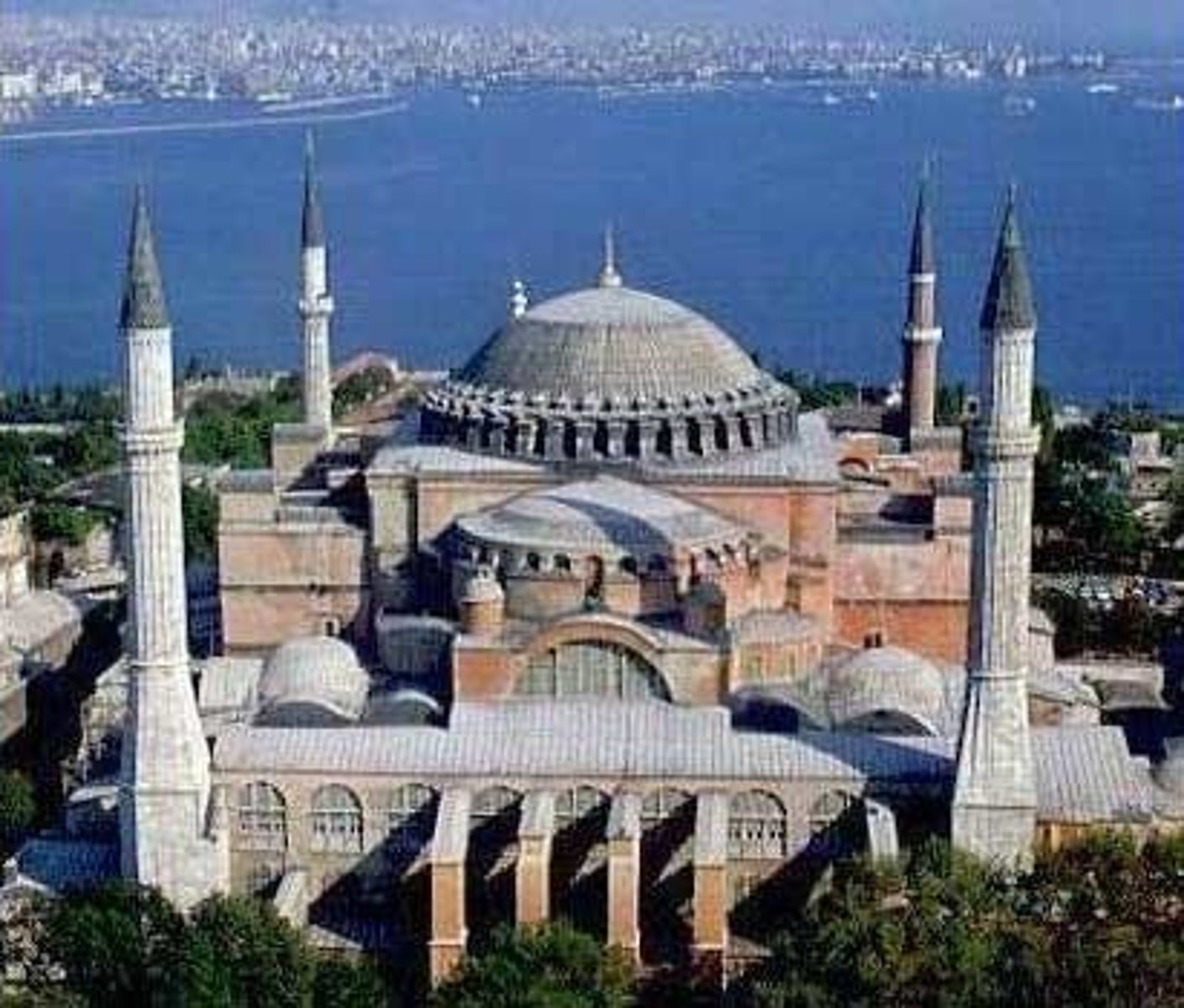Unit 3 - Post Classical Era
1/39
Earn XP
Description and Tags
WHAP Unit 3 - Post Classical Era (40 Terms)
Name | Mastery | Learn | Test | Matching | Spaced |
|---|
No study sessions yet.
40 Terms
Post-Classical Era
600 CE-1450 CE when the regions of Africa, Asia, and Europe became more interconnected and interdependent due to trade.
Byzantine Empire
Eastern half of the Roman Empire that survived the fall of the Western half.
Manorialism/Manor System
Self-sufficient economic system in Western Europe in which a large house was the center of the Estate.
Feudalism
Political system in which land and protection is exchanged for food and services.
Social Hierarchy
The division of society by rank or class
Serf
A person who is bound to the land and owned by the feudal lord
Chivalry
Code of conduct for knights during the Middle Ages
Catholic Church
• central to Medieval Europeans' lives
• united Western Europe during Middle Ages
Pope
Head of the Roman Catholic Church
Constantinople
Capital of the Byzantine Empire. Located on a key trade route, the Bosporus Strait
Justinian's Code
Law code of the Byzantine Empire; adapted from the Roman Twelve Tables
Civil Service Exams
Confucian exam to acquire a position in the Chinese bureaucracy
Islam
Monotheistic Religion which stresses submission to Allah. Practiced mostly in the Middle East, Northern Africa, and Southeast Asia
Five Pillars of Faith
the essential duties of Muslims must fulfill; faith, prayer, charity, fasting, and pilgrimage
Qu'ran (Koran)
Muslim Holy Book
Mohammed
Prophet of Islam
Hajj
Pilgrimage to Mecca
Caliph
A supreme political and religious leader in a Muslim government
Sunni
one of the two main branches of orthodox Islam; most Muslims practice this version of Islam
Shia
one of the two main branches of orthodox Islam; minority of Muslims practice this version of Islam
Abbasid Caliphate
750-1258 CE; considered the Islamic Golden Age
Trans-Saharan Trade Routes
gold-salt trade; linked North and West Africa; across Sahara Desert; spread Islam; land trade
West African Trading Empires
Kingdoms of Ghana, Mali and Songhai which grew wealthy and powerful due to their control of the gold and salt trade
Timbuktu
Mali trading city that became a center of wealth and learning
Muslim
A follower of Islam
Roman Catholicism
the beliefs and practices of the Catholic Church based in Rome. The western half of the Christian church.
Eastern Orthodox
Eastern branch of Christianity centered in Constantinople
Byzantines
Introduced domed architecture to the Russians
Battle of Tours
European armies defeat Muslim armies and stop the spread of Islam in Europe
Theodora
Justinian's wife; helped him run the empire
Nika Rebellion
in 532, the Blues and the Greens were angry with the government so they rioted in the hippodrome, but Belisarius and his men broke in and slaughtered 30,000 rebels
Gothic Architecture
Characterized by pointed arches, high ceilings, flying buttresses, and large stained-glass windows

Roman Architecture
copied Greeks, arch, barrel vault, groin vault, basilica, pilasters, podium

Hagia Sophia
Most famous example of Byzantine architecture, it was built under Justinian I and is considered one of the most perfect buildings in the world.

Muslim artists were forbidden to depict what in their religious art?
Humans
Muslim innovations
Algebra, geometry, trigonometry
Scientific classification
Astronomy
Astrolabe= map-making
Medicine, surgery, hospitals
Chinese Innovations
Gunpowder, navigational and ship building technologies, printing (both woodblock and movable) generated world's first books, commercialized society, use of paper money and letters of credit and promissory notes, compasses, and abacus.
Mayan Innovations
Calendar
Hieroglyphics
Pyramids
ball game
Astronomy
Math (concept of zero)
Cacao
Farming innovations
How was history passed down in early Africa?
oral history
Islam impact on Africa
Establishment of mosques, the art of writing, increase in slave trade